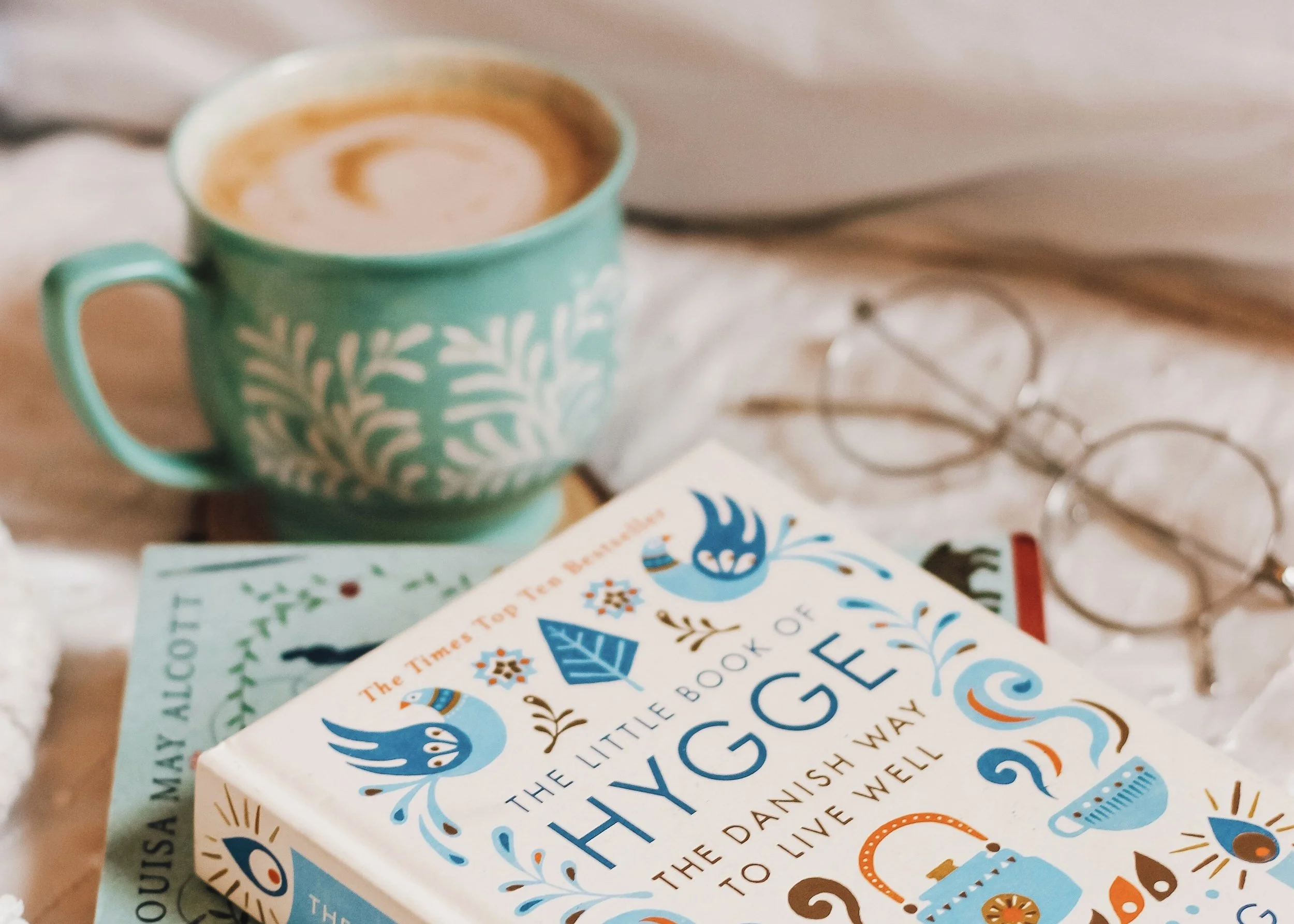The gold standard of pain relief - by Emma Wightman
What if I told you I know the ultimate form of pain relief (and it’s not drugs or surgery)?
Would you be hammering on my door or viewing me with scepticism?
Persistent pain is on the rise, yet so too is the availability and advances of physical therapies, pain relief, exercise programs, investigations and surgery. If these approaches are advancing, why are 1.6 billion people globally still suffering with chronic pain?
Perhaps it’s our beliefs and expectations around pain that we need to examine. The current thinking around chronic back pain is that it’s an anatomical dysfunction that will only respond to a medical model of treatment. A treatment course would traditionally involve minimising pain exposure, time-contingent exercises and perhaps injection therapy or surgery.
However, what we are now beginning to understand is that once the body is past the initial acute phase of pain, the pain response becomes more of a sensitisation issue, and the key to recovery is working with pain, not suppressing it.
Fear and anxiety around pain act as suppressors to our natural pain relief modalities and fear also stops us from moving confidently. We lose trust in our bodies and feel helpless.
It is possible to teach the brain that you can work through and with pain without worsening symptoms. This process begins the positive upward spiral of reducing anxiety and stress, and increasing natural opioid production and body confidence.
But how do you teach your brain this magical skill?
First of all, it is worth looking at beliefs around pain. What were your early experiences of pain? How were you brought up to manage pain? What were your parent’s response to coping with pain, theirs and yours? As an adult, what are the events surrounding your experiences of pain: a fall, a car accident, childbirth, physical abuse, or animal attack? What has the support after such events been like? What model of care was used by your healthcare providers? Did you feel in control during your time of recovery?
Secondly, we need to consider the environment, nutrition, stress levels, sleep, and support structure, as these too influence the experience of pain.
Thirdly, we need to look at the persons pain levels and reactions during movement through the lens of the sensitisation model.
Examples like these and many more will influence how you are experiencing pain now. If we know therefore that thoughts and emotions around our past and future can affect the level of pain we feel now, then we can see the potential that working with the brain and central nervous system could have in the role of pain management.
For pain relief for acute injuries we might try RICE: Rest, Ice Compression and Elevation. However, this approach may not be as effective as we once believed. Complete rest is rarely indicated and ice is becoming controversial.
Perhaps we need to move more towards PEACE: Protect, Elevate, Avoid anti-inflammatories, Compress and Educate.
Or maybe better still, LOVE: Load the area, Optimism, Vascularisation and Exercise
For pain relief for chronic conditions, activity has been shown time and time again to be the single most effective form of pain relief and recovery.
So the LOVE acronym also is very relevant here, but what AIM stands for is now the gold standard for chronic pain relief and recovery:
A Activity: individualised and progressive
I Internal Locus of control: self-motivated and in control of recovery plan
M Mentoring: empowering support and education
With this in mind, our role as healthcare providers must start to evolve from a prescriptive, authoritarian approach where the patient is a passive recipient to treatment, to one of facilitator and catalyst where the patient plays an active role in their recovery.
Perhaps the first step is to move away from the label of ‘patient’?
Osteopaths are in the best position to provide this model of care. We have the time, expertise and whole-body, whole-lifestyle approach to support you through your recovery journey, ensuring that not only your pain improves, but you actually feel stronger than before your injury, more motivated and have a greater understanding of your body.































